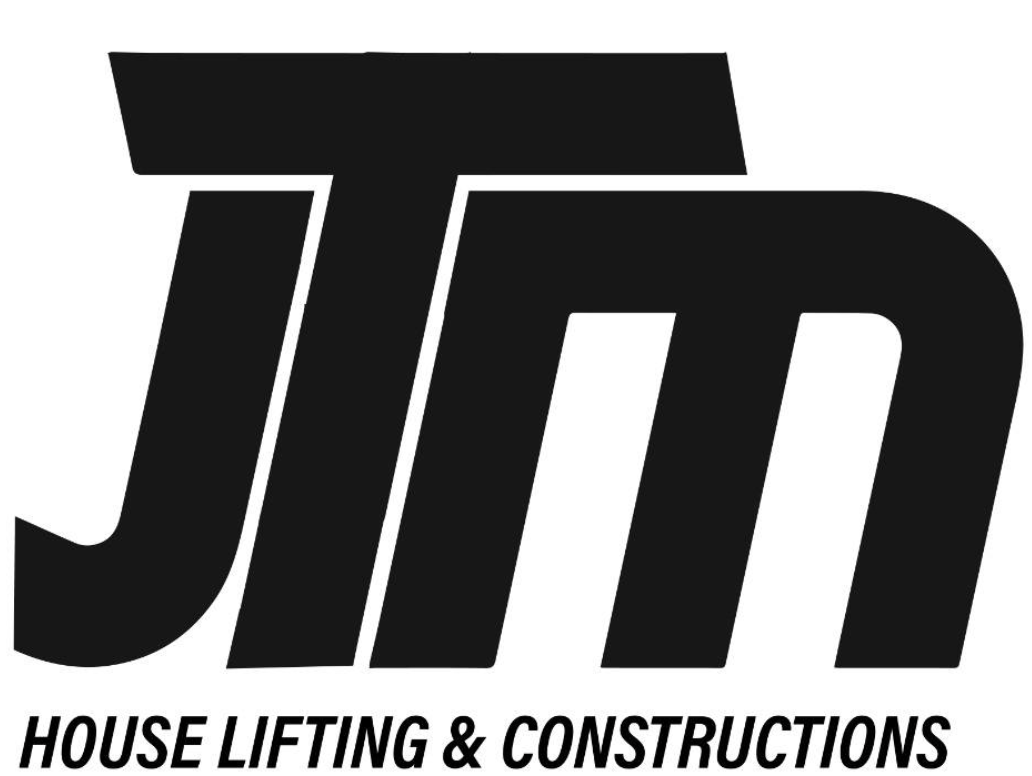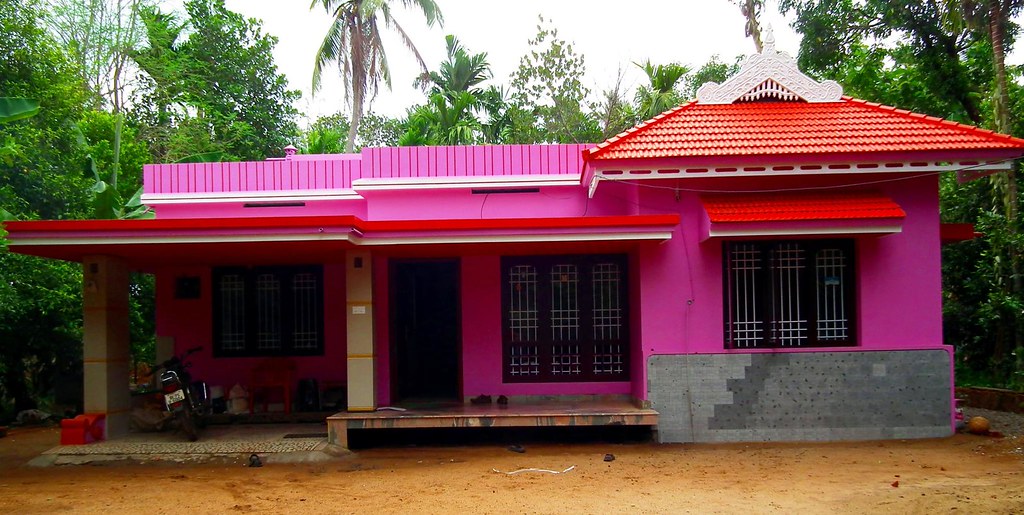House and building lifting is an increasingly popular alternative to the traditional demolition and reconstruction process. This technique involves raising the exterior walls of a structure and inserting a support system beneath that will help to stabilize it in its new position.
The advantages of house and building lifting over demolition and reconstruction include cost savings, environmental benefits, and convenience. By understanding these advantages, homeowners can make informed decisions when considering which option best suits their needs.
The primary advantage of house and building lifting over demolition and reconstruction is cost savings. This method can potentially save thousands of dollars compared to completely demolishing a structure, since only certain parts need to be replaced or reinforced during the process rather than needing to start from scratch with materials for a new build.
Additionally, this technique eliminates the need for costly replacement foundations or footings which are required in many cases when opting for total demolition. Furthermore, by using existing materials where possible during the lift process, labour costs are kept low as well as helping to reduce waste associated with construction projects.
The environmental benefits of house and building lifting should also not be overlooked when making decisions about home improvement projects. Not only does this method reduce waste associated with construction projects but it also helps conserve energy since less material needs to be sourced for the job itself along with fewer resources being used in order to transport them from suppliers’ locations into the work site area.
Additionally, any materials that are removed during the process can often be recycled or reused elsewhere saving even more energy that would have been expended on producing brand-new items instead.
Key Takeaways
- Cost savings achieved by only replacing or reinforcing certain parts of the structure.
- Environmental benefits include reduced waste and energy conservation.
- House lifting reduces the carbon footprint by decreasing energy consumption and emissions.
- House and building lifting offers several advantages over traditional renovation methods.
Cost Savings
House and building lifting presents an effective cost-saving alternative to demolition and reconstruction. It has been estimated that the average cost of a house raising project is about 40% less than the cost associated with demolition and rebuilding.
This is due to the fact that most of the materials used in the construction process are reused, saving costs for both labour and materials. Furthermore, since much of the existing materials remain intact, there is no need to purchase new ones for a rebuild. This further reduces costs significantly.
Building lifting also eliminates many of the administrative tasks required when demolishing and rebuilding a structure. These tasks can include obtaining permits from local municipalities as well as dealing with various safety regulations imposed by government agencies. By avoiding these time consuming activities, significant cost savings can be achieved due to reduced overhead costs associated with labour hours spent completing paperwork and other related tasks.
Due to its ability to reduce overall costs while maintaining existing structures, house lifting provides a viable solution for homeowners who wish to make structural changes without undergoing expensive demolitions or reconstructions. Depending on the size of the project, it may even be more economical than traditional demolition methods in some cases, making it an attractive option for those looking to save money while still getting quality results.
Environmental Benefits
House and building lifting can provide numerous environmental benefits, including reduced waste, a smaller carbon footprint, preservation of existing materials, and less noise pollution.
Through house lifting techniques such as slab jacking or block-and-base methods, the structure can be raised from the ground without having to demolish it and dispose of its materials into landfills.
This process helps to preserve existing resources while also reducing energy consumption associated with manufacturing new construction materials.
Furthermore, these techniques create less noise pollution compared to demolition and reconstruction activities which are often noisy processes.
Reduced Waste
Lifting of a building significantly reduces waste when compared to the demolition and reconstruction process. By choosing house lifting, materials that can be reused in other projects or recycled are preserved. This reduces the amount of landfill waste produced while conserving resources. Additionally, it uses less energy than traditional construction methods because fewer resources are used to complete the project.
The benefits of reduced waste include:
- Preservation of material:
- Reuseable materials such as wood, metal, glass, and stone can be saved for future projects or recycled into new products.
- Less landfill space is needed for disposal since more materials can be reused or recycled instead.
- Use of less energy:
- Fewer raw materials need to be processed, transported and manufactured since existing resources can be reused or repurposed in the lifting process.
- The use of heavy machinery is limited which further decreases energy consumption during house lifting operations.
- Conservation of natural resources:
- Resources like timber and metals are not depleted at such a rapid rate due to increased reuse potential from house lifting operations.
- Lower levels of factory emissions are also achieved due to decreased demand for newly manufactured products caused by reuse activities associated with building lifting processes.
Reduced Carbon Footprint
Compared to demolition and reconstruction processes, house lifting operations can reduce the carbon footprint by decreasing energy consumption and emissions from manufacturing activities.
Due to the fact that the majority of a home’s structure is already in place when lifted, there is no need for additional materials to be produced or transported, thus reducing overall energy consumption.
The reuse of existing resources means that fewer carbon dioxide emissions are released into the environment; this makes house lifting an environmentally friendly option with significant benefits over typical rebuilds.
In addition to reduced energy usage and emissions from production, house lifting also helps reduce other environmental pollutants such as dust particles and noise pollution which are often associated with demolition and construction jobs.
By avoiding these activities altogether, air quality is improved both during and after a lift.
Additionally, since much of the work takes place indoors or behind walls without any heavy machinery being used on site, neighbors are not disturbed by loud noises or vibrations that typically come with renovating projects.
This further improves local environmental conditions while still effectively achieving desired results.
Preservation of Existing Materials
By avoiding the need for demolition and reconstruction processes, house lifting operations can significantly preserve existing materials while achieving desired results. This helps to minimize waste and maximize resources by preserving high-value items that would otherwise be discarded in a traditional demolition process.
Some of these benefits include:
- Reusing existing building materials such as walls, doors, windows, trim and other architectural features;
- Reducing the amount of new material that needs to be purchased;
- Allowing for more efficient use of local labor; and
- Minimizing disruption to the surrounding environment.
These advantages are especially beneficial when renovating historic or environmentally sensitive buildings where demolition may not even be an option. House lifting can also help reduce costs associated with purchasing new materials or disposing of construction debris. By reusing existing materials, house lifting operations provide significant cost savings over traditional demolition and reconstruction methods.
Reduced Noise Pollution
House lifting operations can help reduce noise pollution associated with demolition and reconstruction processes, providing a more peaceful environment.
The process of house and building lifting is relatively quiet compared to the loud noises that accompany the demolition and construction of new structures.
It does not require heavy machinery or large tools, so it has much less impact on surrounding noise levels.
Furthermore, since the entire structure is being lifted rather than broken down, there is no need for excessive hammering or other disruptive activities during the lifting process.
This means that neighbors are spared from any loud sounds that could disturb their peace and privacy.
Moreover, house lifting services often employ specialized techniques and equipment to further minimize sound levels during the operation.
By utilizing lighter materials such as wood planks instead of metal beams, they can achieve a greater degree of silence while still ensuring structural integrity.
Additionally, they may also use rubber mats or other dampening devices to absorb sound waves created by vibrations from machinery used in the lift process.
These measures can help ensure minimal disruption to nearby residents throughout the duration of the project.
Convenience
Lifting a house or building results in considerable convenience for owners of the structure, as no demolition or reconstruction is necessary. This allows for an expedited process which eliminates the need to rebuild from scratch and also reduces associated labor costs. In addition, the structure can be lifted with minimal disturbance to surrounding property due to its size and weight advantage over traditional methods of renovation. As such, there is no need to relocate any neighbors or other personnel during the lifting procedure.
Furthermore, since it requires less energy than replacement options such as tearing down and rebuilding, it is more economical and eco-friendly. The lifting process offers several advantages over traditional techniques such as being quicker than conventional demolition and reconstruction processes while still providing high quality results. Additionally, it does not require costly equipment rentals or long-term contracts with subcontractors who may specialize in specific areas of construction work. The entire project can typically be completed in a few days rather than months if done through traditional means.
Furthermore, all materials used for lifting are recyclable so that they don’t end up in landfills once their job is done. Moreover, since house/building lifting takes place above ground level instead of underground foundation work like with traditional renovations, safety measures can be taken to protect individuals working on the lift from potential injuries caused by heavy machinery or debris falling from heights during excavation work below grade level. This makes it much safer than other types of construction projects which may require workers to enter hazardous environments underground where they could suffer serious injury or death if an accident were to occur.
Frequently Asked Questions
How long does the lifting process typically take?
House and building lifting typically takes between two to five days depending on the complexity of the job. The time frame can be affected by factors such as soil type and weather conditions.
What is the expected lifespan of the building after lifting?
The expected lifespan of a building after lifting largely depends on the quality of materials and construction involved. Post-lifting maintenance is essential to maximize the longevity of the structure.
What are the safety considerations for lifting a house or building?
Safety considerations for lifting a house or building include ensuring the stability of the structure before and during the process, assessing any underlying damage that could be worsened by lifting, and verifying that all equipment used is functioning properly.
What types of materials are used for lifting?
Materials used for lifting a house or building typically include hydraulic jacks, steel beams, crane cables, and winches. Additionally, heavy-duty timber cribbing or steel shoring may be employed in order to ensure stability during the process.
What is the maximum height that a house or building can be lifted?
The maximum height that a house or building can be lifted depends on the size, weight, and type of structural materials used. Generally, lifting is limited to seven stories or less.

